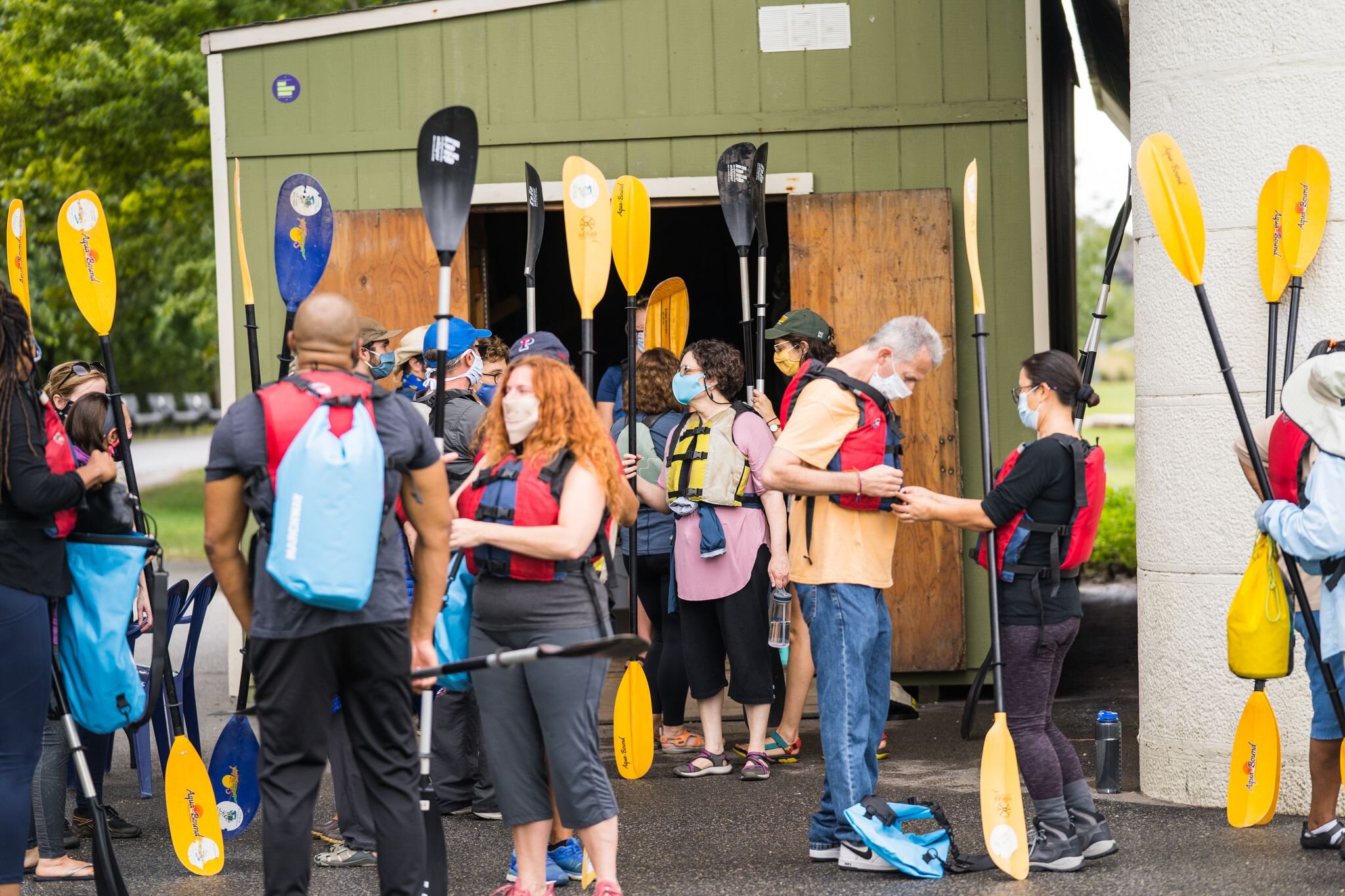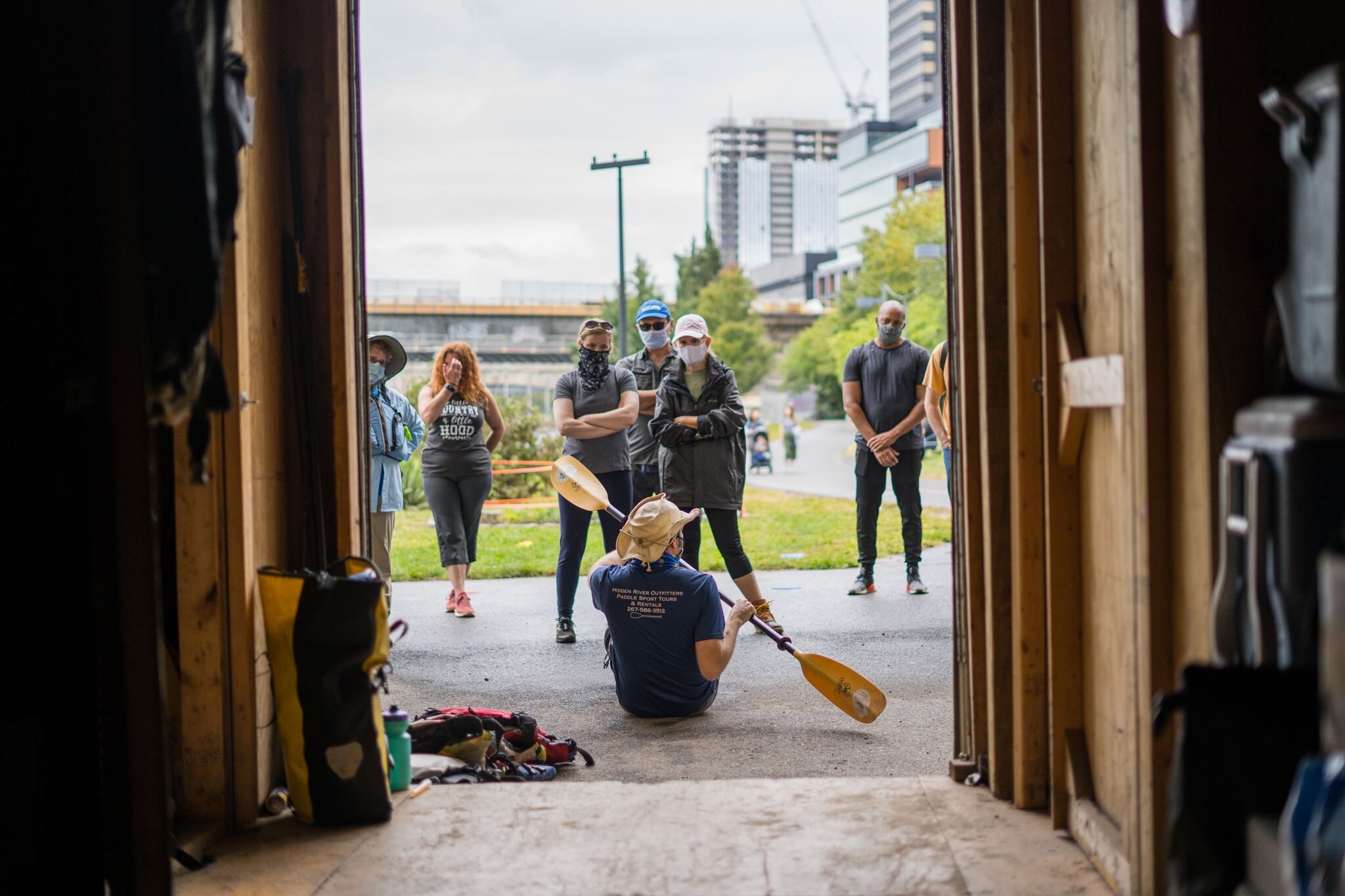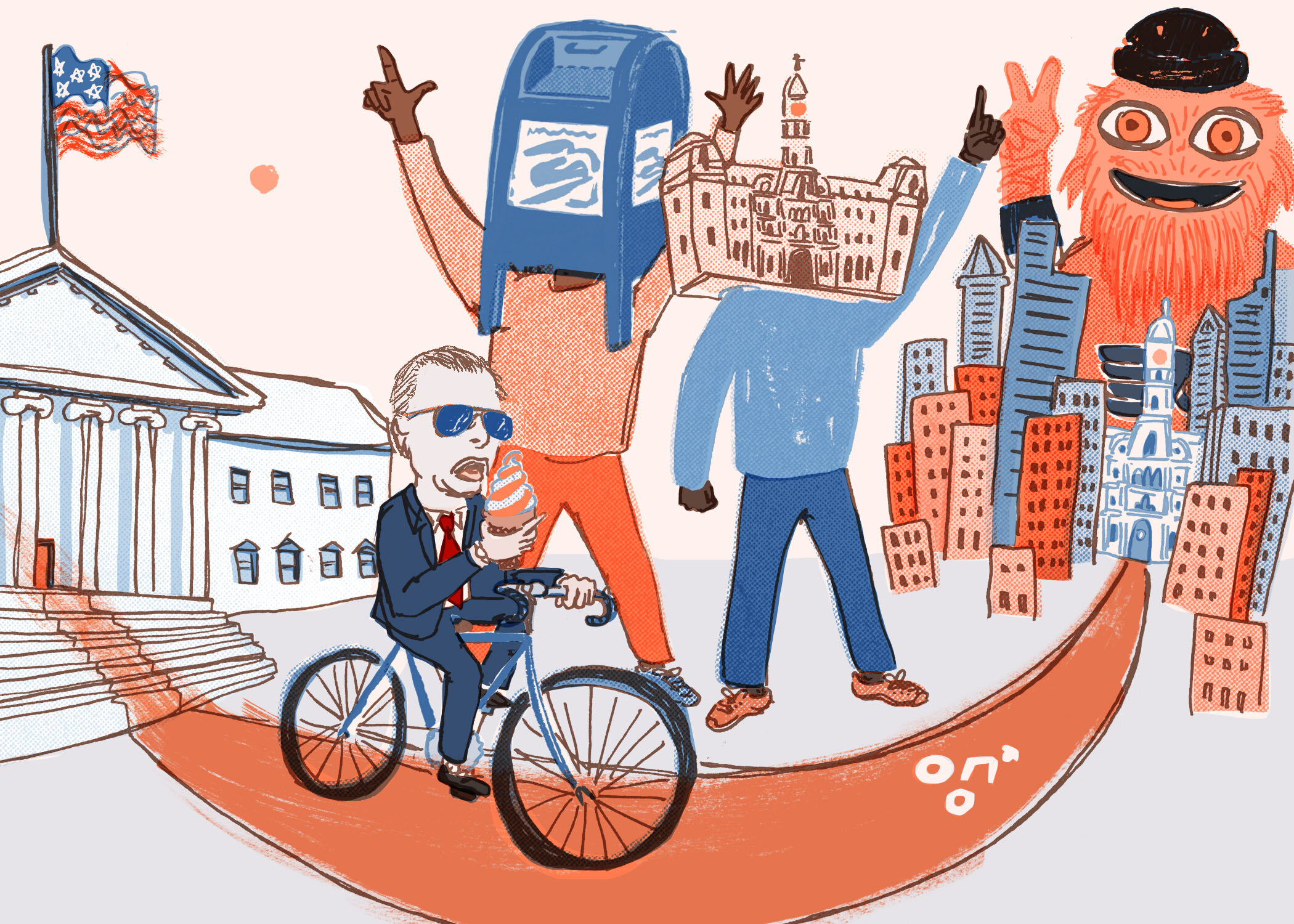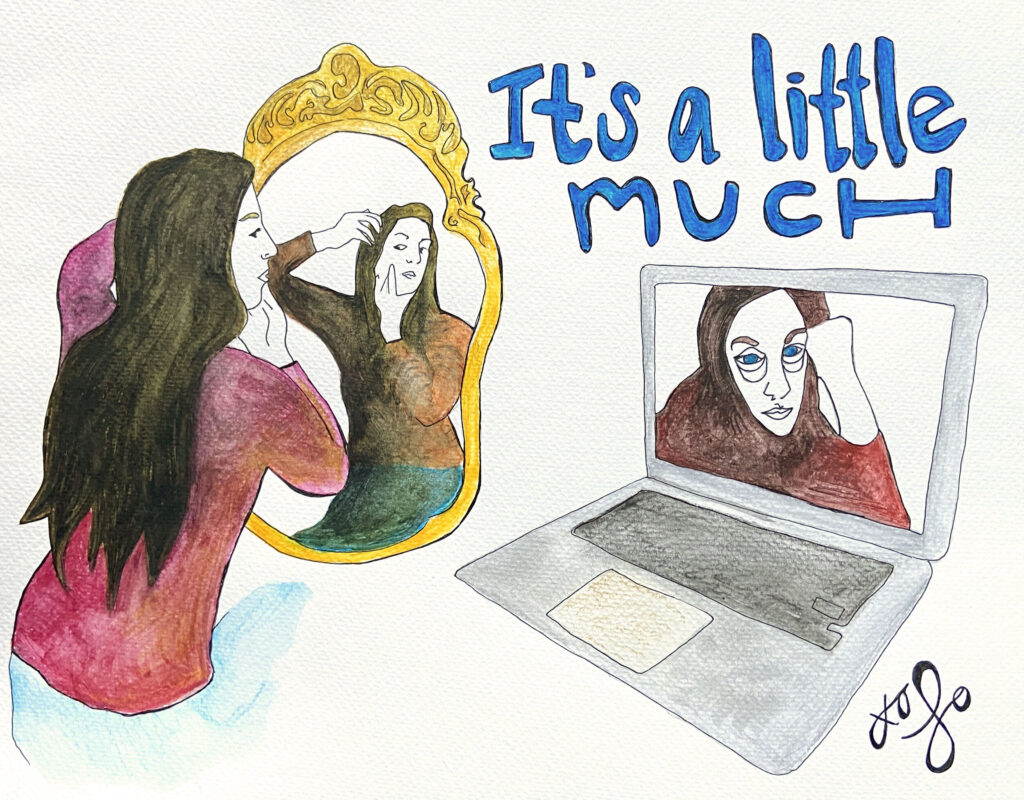Some classrooms keep guinea pigs or guppies as pets, but last year at Cook Wissahickon School in Roxborough, sixth-graders tended young freshwater mussels.
“The students feed them and then, when they reach a larger stage, the Fairmount Water Works will place them in a creek,” says Jose L. Ramos, a middle-years reading and English language arts teacher at Cook Wissahickon.
Raising freshwater mussels helps restore their populations in creeks, but for the students it also serves as a hands-on lesson in water quality and ecology.
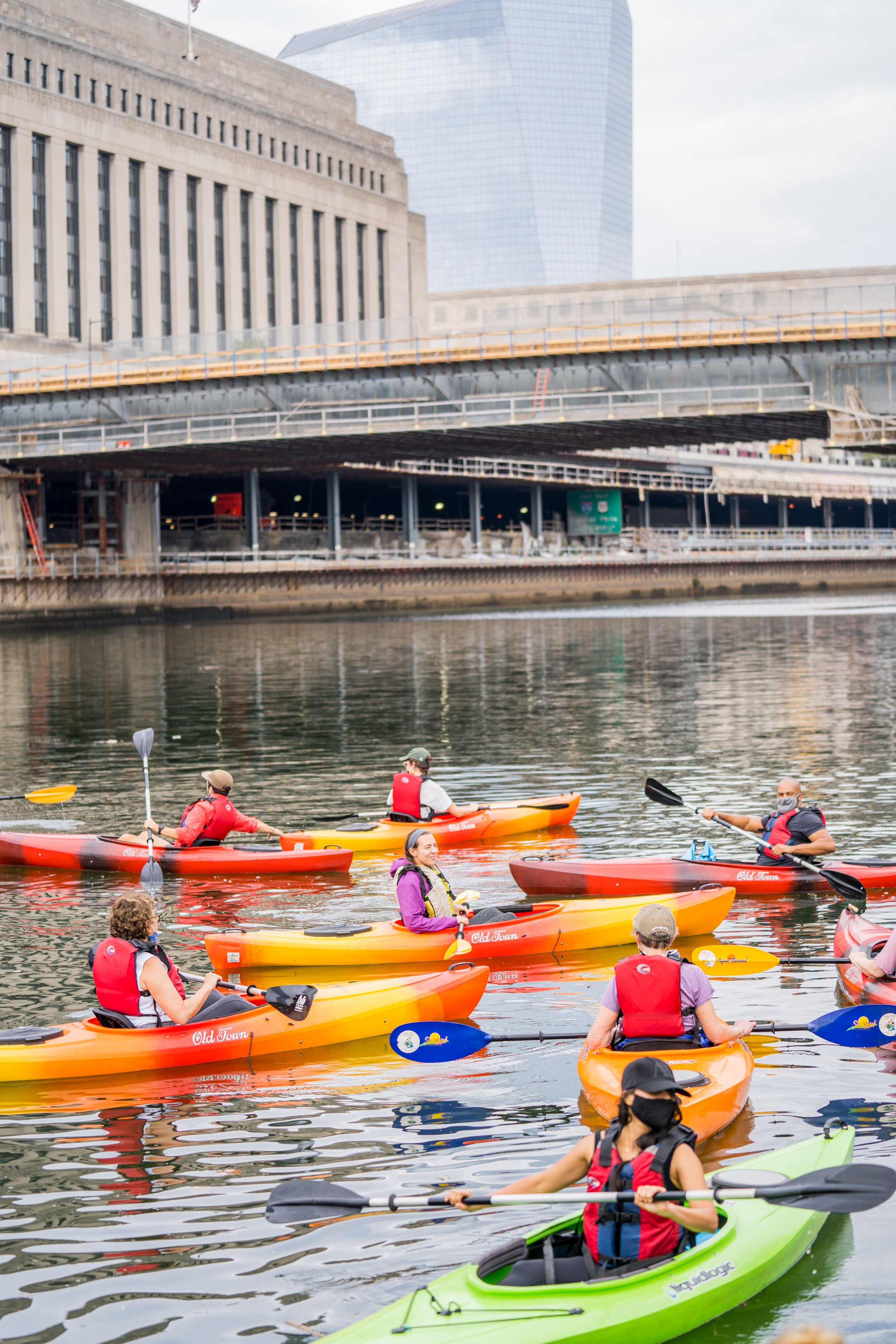
Raising mussels fits into a curriculum called “Understanding the Urban Watershed,” developed by the Fairmount Water Works.
“It introduces students to watersheds,” says Janene Hasan, a K–8 science enrichment teacher at Southwark School in South Philadelphia. “It helps students understand the importance of water and how it influences our lives and survival. And how they can influence their local waterways.”
“Understanding the Urban Watershed” got its start in 2012, according to Ellen Schultz, director of educational partnerships for the Water Works. The Philadelphia Water Department (PWD) had just launched the Green City, Clean Waters initiative, which promotes stormwater landscape absorption rather than letting water run into the sewer system and cause sewage overflows.
The PWD was starting to dig up school grounds for stormwater management projects, and the Fairmount Water Works saw the opportunity to educate the children inside the school buildings.
“You’re doing projects on the grounds, but what about these students and teachers who use these grounds every day?” asks Schultz, who developed an activity book to teach students about the history and conservation of the Delaware River watershed.
“It helps students understand the importance of water and how it influences our lives and survival.”
— Janene Hasan, science enrichment teacher
Initial success of the activity book led to funding from the William Penn Foundation for the Water Works to develop a more extensive curriculum for Grades 6–8. From 2014–2017, Water Works staff worked with pilot teachers such as Ramos and then incorporated their feedback to improve the lessons and suggested activities.
“Our goal is to create responsible, activist citizens. When we’re no longer in the picture there’s a new generation ready to take over,” Ramos says.
At Cook Wissahickon, students have explored watershed health through gardening projects designed to soak up rainwater as well as trips to the nearby Schuylkill Center for Environmental Education to learn about aquatic habitats.
“I think the thing they got the most out of was seeing the frogs and getting to fish the tadpoles out of the water. When they actually get to hold a critter a light goes off,” Ramos says.
The final version of the curriculum launched in 2019.
“The first year for me was really great,” says Hasan, one of 19 teachers taking part in 2019. “I got the professional development to learn how to teach the curriculum … and then I got to come back and teach it.”
Hasan built her lessons around “Fever 1793,” a young adult novel set during Philadelphia’s yellow fever epidemic. In the late 18th century most Philadelphians lived within a few blocks of the waterfront. The epidemic began along the city’s wharves, spread by mosquitoes—although, at the time, no one knew that the insects were carrying the virus.
“We read that and the intention was we were going to go on a field trip to the river and other sites in the book, but because of our own epidemic we were not able to,” Hasan says.
Last year was the first official year of the program’s implementation with the school district.
“We had a weeklong training in June at the Water Works, then teachers started implementing the units,” Schultz says. “I offered coaching, did classroom visits. We brought them together twice last year for professional development. Then, boom! We were blown out of the water in March.”
While Philly schools have settled into online classes, and watershed teachers have had to adapt their lessons accordingly, the instructors still came together at the Water Works for additional training on September 26. Teachers shared experiences and best practices about how to connect students with the water. The session culminated in a kayaking trip on the Schuylkill, during which teachers established a firsthand connection to the river.
Students will also receive materials for independent hands-on watershed activities. “This fall we’re making 500 kits for students to take home,” Schultz says.
Instead of taking students on field trips to see where events in “Fever 1793” took place, Hasan is streaming lessons on location from her phone.
“They love reading [the book]. It’s very different reading this year, in light of the current pandemic,” Hasan says. Her students are exploring the watershed on their own as well. “Now I tell them to walk around and look and see how the sewers drain to the river. They’re making connections about how the resources come into their lives and how their actions matter when it comes to water.”
Hasan recalls spending time near the water when she was young. She grew up in Port Richmond and would occasionally throw rocks into the Delaware.
“I didn’t have the kind of connection I do now,” says Hasan. “I had to learn as an adult how to connect to nature. For me it’s super important as a science teacher that I help my students make a connection to the river that I didn’t have.”

